The body goes through changes at an unprecedented speed during pregnancy, so symptoms of lower back pain are unsurprising. However, you do not need to suffer through them.
Hormonal Causes of Back Pain
From early in the first trimester, the body begins to produce higher levels of the hormone “relaxin”. The purpose of this hormone is to increase movement within the pelvis by relaxing the ligaments around it in preparation for birth. Sometimes lower back pain can be one of the first signs of pregnancy for this reason.
Hormone levels peak again in the third trimester, at which point back pain may return or develop for the first time. If the joints of the pelvis are painful, they may be worse when:
turning over in bed
getting up from sitting
walking
Your osteopath cannot reduce the effects of the hormone itself, but we may be able to help your body cope better with the changes.
Although effects of relaxin may be focused to the pelvis, there are systemic changes too. Relaxin affects the permeability of blood vessels, which can cause fluid retention. This may be mild, and only recognised later on when rings no longer fit comfortably. Alternatively, it may be significant, even causing carpal tunnel syndrome.
Mechanical Causes of Back Pain
As the baby bump develops, the centre of gravity shifts forwards. In order to keep balanced, posture needs to adapt. The typical adaptation is an increase in the curve at the bottom of the back. Directly, this encourages the muscles of the lower back to shorten and tighten. We also expect to see tightness in the buttock and hamstring muscles as they work to keep you upright.
When the lower back arches more than usual, the demand on the rest of the spine changes. The upper back may become stiff, and the angle of the neck needs to change to keep the head level. Some treatment methods are inappropriate during the later stages of pregnancy, but your osteopath will adapt their plan for you. Increasing movement through the neck and upper back, as well as managing associated muscle tightness can make all the difference.
More Severe Pelvic Joint Pain
SPD stands for Symphysis Pubis Dysfunction, which can be agonising. In this condition, the combination of hormonal and mechanical changes causes irritation of the large cartilage joint at the front of the pelvis. If left unmanaged, this can impact birth itself, as birthing positions with legs apart are not recommended. Some women also require the use of crutches during the later stages of pregnancy. Symptoms may clear up spontaneously at birth, but there are things we can do to help you manage in the meantime.
Make an appointment online to manage or prevent back pain in pregnancy.







